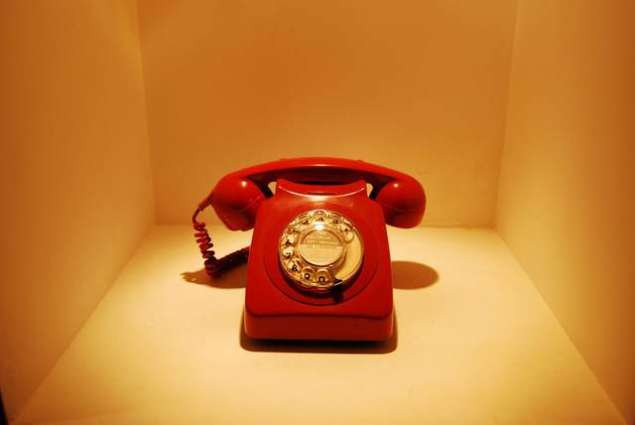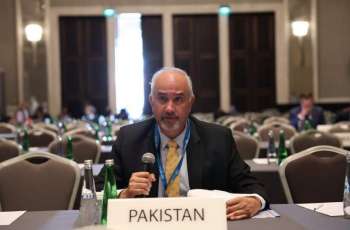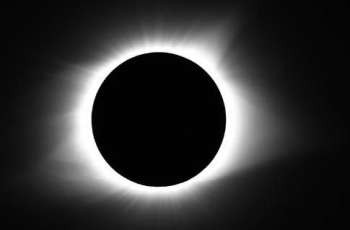An emergency communications line between Moscow and Washington, known as the "Red Phone," started operating on August 30, 1963.
MOSCOW (Pakistan Point News / Sputnik - 30th August, 2018) An emergency communications line between Moscow and Washington, known as the "Red Phone," started operating on August 30, 1963.
The "Red Phone," which has become one of the symbols of the Cold War, was, in fact, initially not a telephone, but rather a telegraph.
Its creation was initiated by the US side after it took the United States nearly twelve hours to receive and decode a 3,000-word message from Soviet leader Nikita Khrushchev during the 1962 Cuban Missile Crisis.
The sides signed a memorandum on the creation of the "Red Phone" in Geneva on June 20, 1963. The hotline enabled direct communication between the leaders of Russia and the United States.
The original "Red Phone" had two secure communication systems - a radio line and a transatlantic cable.
The first test message from Washington to Moscow was sent on August 30, 1963: "The quick brown fox jumped over the lazy's dog's back 1234567890," which was a sentence that contained all letters of the English alphabet. The Soviet side responded with a description of sunset in Moscow.
The United Sates officially used the hotline for the first time following the assassination of President John Kennedy on November 22, 1963, while the first official use of the "Red phone" by the Soviet Union took place on June 5, 1967 during the outbreak of the Six-Day War.
Moscow and Washington also used the "red phone" during the Indo-Pakistani War of 1971; in 1979 when Soviet troops entered Afghanistan; in 1986 following the arrest of US journalist Nicholas Daniloff in Moscow on espionage charges.
The sides resorted to the hotline in 2000s, in particular to discuss the US invasion of Iraq.
In 1985, the hotline system, relaying encrypted messages, was updated with fax machine and later with computers, satellites and e-mails.




